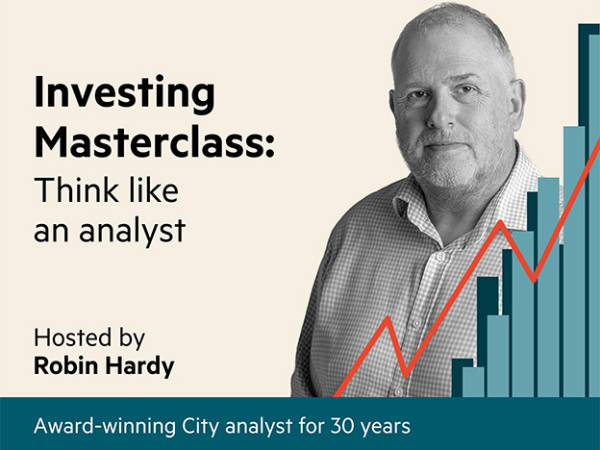When you see several major companies in an industry losing money and capital expenditures coming to a stop, then... then, dear investor, what?
Assuming they had similar price earnings ratios, would you buy stock A, which you felt would deliver 15 per cent annual earnings growth and would be reinvesting all its earnings in financing that growth, or stock B, facing 10 per cent growth but which would only need half its earnings to finance that growth and would pay the balance out in dividends?
You have made 10 times your money on your favourite stock. Yes, it has a good future but you doubt it can possibly be this good, at least not for the foreseeable future. Do you sell some or all of this holding?
Companies C and D are rivals with similar performance attributes. They have both been in the doldrums. Now investor interest is alighting on C. Its shares moves up. Would you buy C or D?
Answers, and their authors: first Jim Rogers, who was George Soros's partner from 1970 to 1980, during which their fund rose 3,000 per cent. Mr Rogers appears to have continued to be a successful investor on his own account ever since. He considers capital expenditure to be a key investment indicator. If capital expenditure comes to a halt, soon afterwards production will start to fall. If everyone is losing money and has stopped investing - as long as the product is not buggy whips in the era of the motor car - this may be a buy signal. This is because if that industry has a product you expect to be still in widespread use in five years' time, the price will start to rise because sustained demand will be chasing less product.
Stocks A and B illustrate the investment style of John Neff. Mr Neff ran the Windsor Fund for 31 years until 1995, during which it returned 14.8 per cent a year on average. He preferred stock B, pointing out that dividends are more certain than growth. Bird in your hand stuff, not bird in your hand and to hell with the growth. Just a balance of less-than-frantic growth and a decent helping of income to support it. After all, frantic growth stocks also have frantic mortality rates.
The '10 times your money' problem: the answer to that one comes from Philip Fisher, who started out as a fund manager in 1931 and was still in business when I last heard, which was about a year ago. Because Mr Fisher manages private investment portfolios for individual clients rather than a public fund, there is no public record of his investment performance. But it is widely reckoned to be exceptional and none of his clients has ever said otherwise. According to Mr Fisher, if your reasoning was right when you bought a share, "the time to sell it is - almost never". Sell it if you made a mistake. Sell it if the company's outlook declines significantly and irretrievably. Sell it even if you find a better investment. But do not sell it because it has gone up. Mr Fisher was one of the original outside investors in Texas Instruments in 1954. He still owns the share today.
Stock C or stock D? Nine people out of 10 would go for the cheaper stock, D, wouldn't they? After all, is not the number one technique of investment analysis establishing which of several similar stocks is cheapest and buying it in the expectation that its share price will come into line? Well, not for John Templeton, whose eponymous Growth Fund - one of several chapters in a long career which also started in the 1930s and continues today - was the world's top performing fund over the 20 years to 1978. He preferred C because it was showing some action.
Wherefore all these snippets? Twenty years ago, John Train wrote The Money Masters and later, The New Money Masters. He has recently distilled and updated these two titles into Money Masters of Our Time, covering the investment heroes mentioned above and a dozen others. Although at least half his subjects have written their own books on investing, this is an excellent read because it is fascinating to see many different styles of investment reviewed by one expert commentator. Mr Train is an investor with an impressive reputation.
Although all Mr Train's subjects are clever and work hard, these are the only factors they have in common. Mr Fisher was unimpressed by dividends. Mr Neff sold out as soon as he had a decent profit. Neither was interested in overseas equities. Messrs Rogers and Templeton were both keen investors in obscure economies but, whereas Mr Rogers is a keen short-seller, Mr Templeton has never dabbled with that genre. A surprising number of these heroes are very busy traders ... notably, their ultimate fate tends to be to retire hurt. Mr Train explicitly warns small investors off this style. Instead, distilling the most successful techniques of the Money Masters, he recommends buying stocks in good companies when they are out of fashion. And patience.






